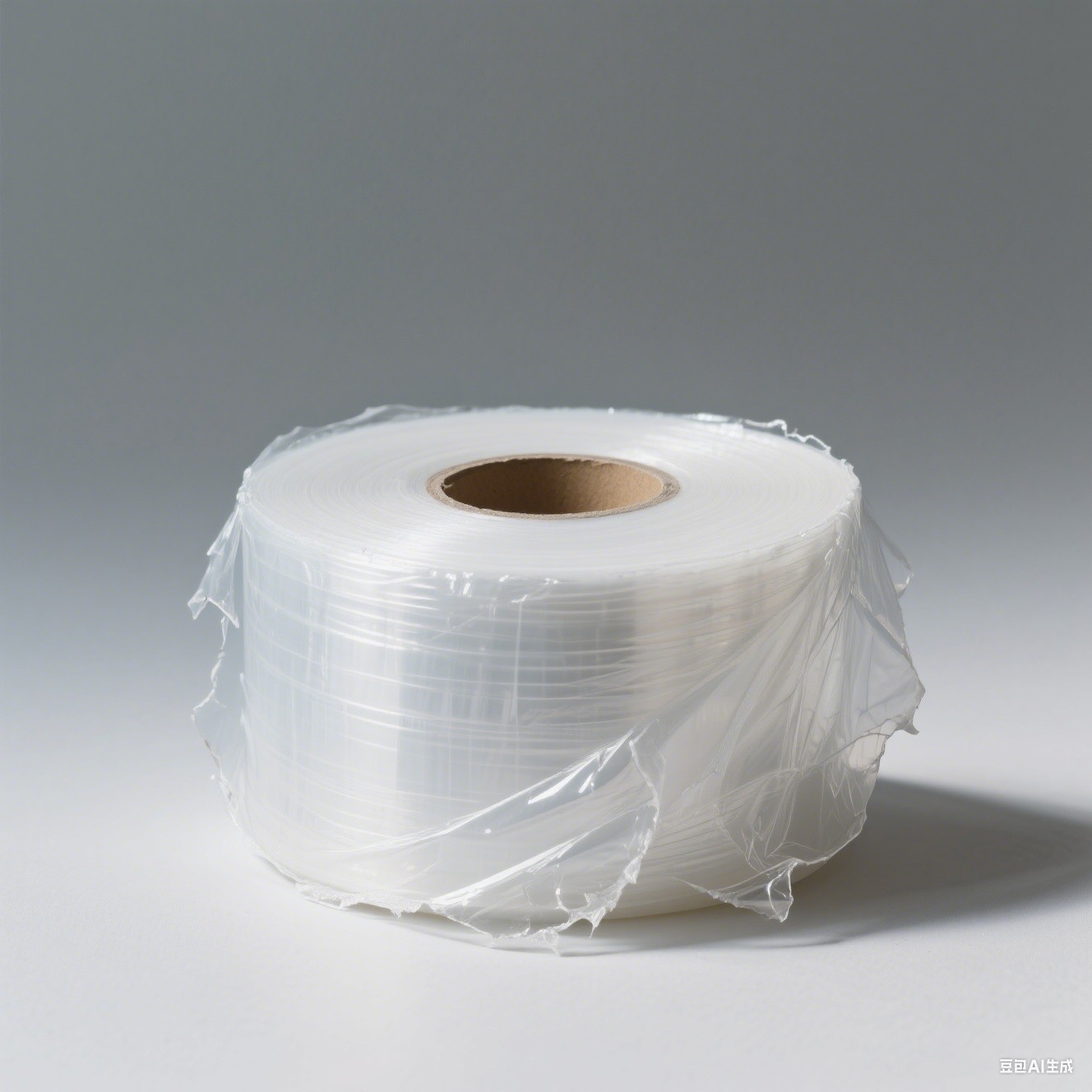01 Introduction
In the world of film manufacturing, whether it’s high-precision optical films, stringent lithium battery separators, or everyday packaging films, flatness is the cornerstone of quality. However, a defect jokingly referred to by engineers as the “psoriasis of the film industry” — Edge Wave — frequently challenges this baseline. It not only compromises the film’s appearance but also triggers a series of chain reactions such as uneven coating, wrinkling during winding, and difficulty in slitting, directly affecting product performance and yield, making it a “persistent problem” to be solved on the production line.
What is Edge Wave?
02 What is Edge Wave?
Imagine the edge of a lotus leaf in a pond, with its naturally undulating wavy shape. “Edge Wave” on a film is exactly like this — the edge of the film is no longer a straight line, but presents visible, continuous ups and downs, as if the edge of a soft cloth has been gently crumpled. More intuitively, when you try to tear a film with edge wave by hand, you’ll find that its edge involuntarily curls inward (toward the coating or functional layer), which is a typical manifestation of unbalanced edge stress. Behind this seemingly “gentle” deformation lies complex mechanical principles.
03 Causes of Edge Wave
The occurrence of edge wave is essentially the result of excessive internal stress in local areas of the film edge and severe imbalance in stress distribution, caused by a combination of factors:
Material “Memory” and Resistance: During the longitudinal (MD) and transverse (TD) stretching of the film, polymer molecular chains are forcibly straightened and aligned. Once the external force is removed, these molecular chains, like stretched rubber bands, desire to return to a relaxed state (rebound). If the transverse stretching ratio is too large or heat setting is insufficient, the rebound force of molecular chains in the edge area will be significantly stronger than that in the central area, causing the edge to shrink and arch into waves.
The “Tightening Spell” of Winding: During winding, the pressure between film layers is not uniform from the center to the edge. Typically, the pressure on the inner layer near the core is higher, and it decreases as it moves outward; meanwhile, there may be a tension gradient in the film’s width direction (edge tension is often lower than the center). This uneven winding pressure distribution, combined with the film’s own uneven thickness (edges are often slightly thinner), makes the edge more prone to irreversible plastic deformation or uneven stress relaxation under long-term pressure, leading to unbalanced rebound and forming edge wave after unwinding.
The “Imprint” of Uneven Heating and Cooling: During the cooling process, the edge area of the film usually dissipates heat faster than the central area. This difference in cooling rate creates a temperature gradient inside the film, which in turn induces thermal stress. The edge cools and shrinks rapidly, while the central area cools slowly and shrinks lagging behind. This shrinkage difference forces the edge area to warp up or down, forming a wavy shape.
The “Invisible Hand” of the Environment: Films (especially those containing polar groups such as PET and nylon) are hygroscopic. When environmental humidity changes, the film will absorb moisture and expand or lose moisture and shrink. The edge area, with a larger exposed surface, is more sensitive to environmental humidity changes, and its moisture absorption/desorption rate and degree are often greater than those of the central area. This uneven dimensional change directly causes the edge to wrinkle.
04 How to Solve Edge Wave
Overcoming edge wave requires systematic and precise measures from multiple dimensions such as material formulation, process optimization, and environmental control:
Material Modification to Enhance “Toughness”:
Optimize the polymer formula, introduce specific elastomers or adjust the molecular weight distribution to moderately reduce the material’s rigidity, improve its elastic recovery rate while ensuring main performance, enhance its ability to resist local stress deformation, and reduce internal stress accumulation.
Precise Process Control for “Uniformity”:
Stretching and Setting: Precisely control the TD stretching ratio, ensure sufficient and uniform heat setting (relaxation) to release orientation stress, and pay special attention to the setting effect of the edge area.
Winding Management:
Adopt more precise center/surface winding technology, optimize the winding taper setting to reduce interlayer pressure gradient; apply constant tension or decreasing tension control strategies; ensure the core is straight and free of jitter.
Balanced Cooling:
Optimize the design of the cooling system (such as air knife angle and wind speed distribution) to ensure the film receives uniform and gentle cooling in the transverse direction (especially the edge area).
Environmental “Stabilization”:
Strictly control the temperature and humidity of the production workshop and storage environment to reduce the impact of drastic temperature and humidity fluctuations on the film’s dimensional stability. For humidity-sensitive materials, if necessary, perform constant temperature and humidity balance treatment before slitting or use.
Post-Processing “Correction”:
For slight edge wave that has already occurred, try aging treatment (hanging and standing at specific temperature and humidity to promote slow release of stress) or use special secondary stretching and flattening equipment for remediation.
05 Finally
The flatness of a film is an art of dynamic balance between precision manufacturing and complex stress, and edge wave is a significant signal that this balance has been broken. Behind every perfect film roll lies the ultimate control over material properties, process parameters, and environmental factors. Friends in the film industry, what tricky edge wave cases have you encountered on the production line? Is it the “fault” of materials, processes, or the environment? What unique solutions have you found? Welcome to share your insights and practical experience in the comment section! Let’s jointly analyze this classic problem in film manufacturing and explore better solutions!
Post time: Jul-25-2025


